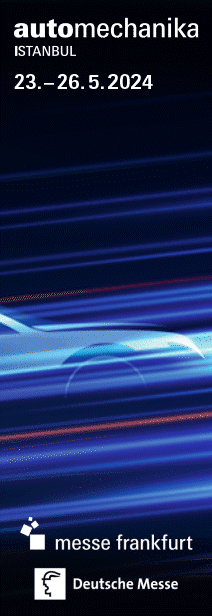Agricultural Machinery: High Demand, Production at Risk

During 2022, the Italian agricultural machinery market should maintain good levels,also due to the presence of incentives and financing. On the industrial front, however, the cost of raw materials and energy is likely to curb production and substantially increase machinery prices.
Demand for agricultural machinery in Italy is expected to remain high in 2022, but the cost of industrial materials is threatening the production capacity of manufacturers. The scenario was described this afternoon in Verona, at the press conference of FederUnacoma, the association of manufacturers belonging to Confindustria. The agricultural machinery and equipment market can take advantage of multiple and cumulative public incentives – said FederUnacoma president Alessandro Malavolti at the conference – and this should encourage investment by leading companies. In the same year, tax credits for 4.0, funding for RDPs, the Sabatini Law, the ISI-Inail call for tendersand the NRRP will be available.
The 4 will be financed for 2022 according to the same
Parameters as last year – explained Malavolti – with tax credit at 40% of the cost for investments up to 2.5 million euro, and credit at 20% and 10% respectively for investment bands up to 10 and up to 20 million euro. As regards the RDPs (Rural Development Plans), 2022 will benefit from additional resources, pending the start of the new seven-year period in 2023, which will see the transition from the current regional management to centralised management at the national level, with greater efficiency in the administration of resources. The Sabatini Law for bank financing of capital goods, the ISI-Inail call for tenders for the purchase of vehicles with high safety standards and the National Recovery and Resilience Plan, which should become fully operational, complete the range of opportunities for the agro-mechanical sector. While the agricultural sector seems to be well supported for the purchase of equipment – this was pointed out during the conference – it is the industrial part that shows strong critical issues, which put at risk the ability to meet demand. Industrial production costs are rising dramatically, both for materials and energy. Industrial commodity prices reached their highest increase in 25 years in May (+114%), and then fell back slightly, although prices are still very high.








